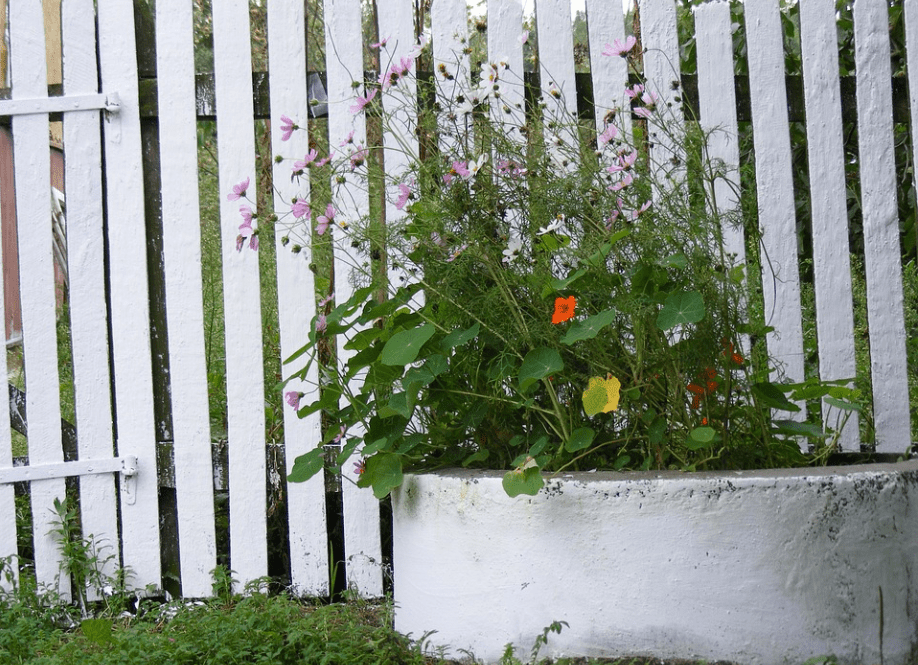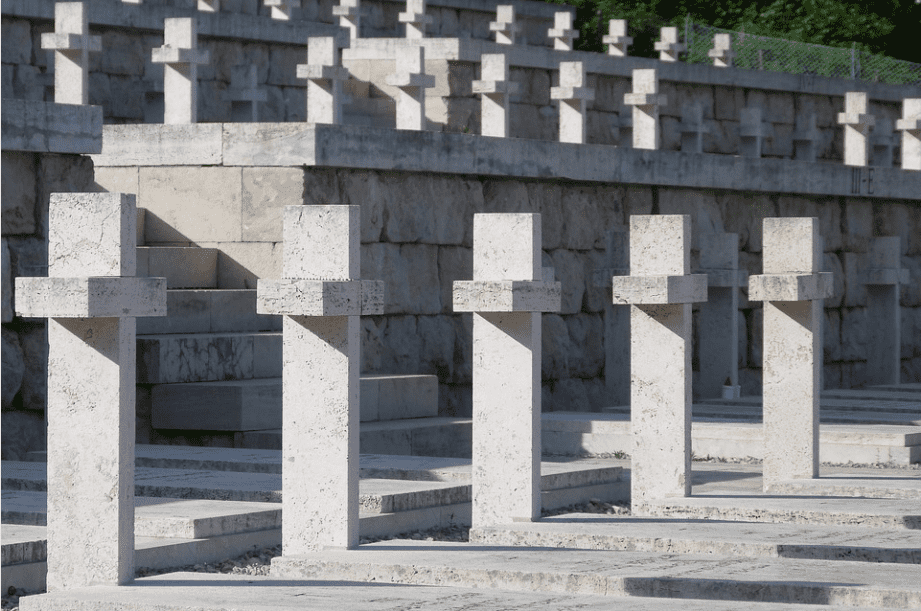If you’re looking for a durable and low-maintenance flooring option, concrete is a great choice. Not only is it tough and easy to clean, but with the right treatment, it can also be quite attractive. Let us expand on how to polish concrete floors.
Polished concrete is simply concrete that has been treated with a chemical densifier and then ground down with progressively finer abrasives until it reaches the desired level of shine and smoothness. The process of polishing concrete floors is similar to that of sanding wood floors; the main difference is that, instead of using wax or varnish to protect the finished product, a concrete sealer is applied.
Polished concrete floors are especially popular in industrial and commercial settings, but they can also be used in homes to give a unique and modern look.
If you’re looking for a way to add a touch of elegance to your home, polishing your concrete floors is a great option. Not only will they look great, but they’ll be easier to clean and maintain than other flooring options. Here are six ways you can polish your concrete floors:

Concrete polishing is a flooring process that results in a shiny, smooth surface. Polished concrete is durable and easy to maintain, making it a popular choice for both commercial and residential spaces. To achieve this look, a concrete floor is first ground down with increasingly finer grits of diamond abrasives until it reaches the desired level of shine and smoothness. Then, a sealer is applied to protect the floor from staining and wear.
How To Polish Concrete Floors Step By Step
If you’re interested in polishing your concrete floors, here’s a step-by-step guide on how to do it:
- Start by sweeping and cleaning the floor to remove any dirt, dust, or debris. Then, use a concrete grinder to rough up the surface and create a profile for the polishing abrasives to adhere to.
- Use a power washer to remove any dirt or debris that may be on the surface of the floor. This will help ensure that the polish goes on evenly. To begin polishing your concrete floors, you’ll need to remove any dirt or residue that might be present. You can do this with a power washer. Finally, be sure to vacuum up any dust or debris that has been created during the polishing process.
- Next, apply a concrete primer with a paintbrush or roller and let it dry overnight. This will help the polishing abrasives bond to the floor.
- Once the primer is dry, begin working in small sections with a concrete polishing machine equipped with diamond-abrasive pads. Start with a coarse grit pad and gradually move up to finer grits as you polish the floor to your desired level of shine.
- Use a handheld buffer to apply the polish to the floor. Start in the middle of the room and work your way out. Buffing will help to create a smooth, shiny finish.
- To protect the newly polished floor, apply 1-2 coats of sealer and let it dry completely. Then, enjoy your beautiful, newly polished concrete floor!
- Use floor wax to protect the polished concrete and make it shine.
- Maintain your polished concrete floor. Once you’ve achieved the perfect shine, be sure to sweep or vacuum regularly and mop with a pH-neutral cleaner to keep your floor looking its best.
If you’re thinking about polishing your concrete floors, here’s what you need to know.
Advantages And Disadvantages Of Polished Concrete
The Benefits
There are many benefits to choosing polished concrete for your floors. Polished concrete is:
- Durable: Concrete is an incredibly tough and resilient material, and when it’s been polished, it’s even more so. A properly sealed and maintained polished concrete floor can last for decades with little signs of wear and tear.
- Low Maintenance: Polished concrete floors are very easy to care for. In most cases, all you’ll need to do is sweep or vacuum regularly and mop with a pH-neutral cleaner as needed.
- Attractive: Polished concrete can be quite beautiful, with a smooth, shiny finish that reflects light. It can also be stained or dyed to create different looks.
- Eco-Friendly: Concrete is a sustainable material, and polishing it doesn’t require the use of harsh chemicals or finishes.
- Cost-Effective: Polished concrete is often more affordable than other flooring options, especially in commercial and industrial settings where the floors take a lot of abuse.

Disadvantages
There are a few potential disadvantages to polished concrete to be aware of before making your decision. These include:
- Initial Cost: The initial cost of polished concrete can be higher than that of other flooring options, depending on the condition of the concrete and the level of polish desired.
- Installation: Polished concrete must be installed by a professional with experience to achieve the best results.
- Maintenance: Although polished concrete floors are easy to care for, they do require regular maintenance to retain their shine and luster. This includes sweeping or vacuuming regularly, mopping with a pH-neutral cleaner as needed, and avoiding harsh chemicals and abrasives.
If you’re considering polished concrete for your floors, weigh the pros and cons carefully to decide if it’s the right choice for you.
If you’re looking for a high-shine, low-maintenance finish for your concrete floor, polishing is a great option. Polished concrete floors are durable and easy to clean, and they resist staining and fading. Plus, polishing your concrete floor can give it a sleek, modern look.
Tools To Polish Concrete
There are many ways to polish concrete floors, depending on the desired result. For a high-gloss finish, diamond-impregnated pads are used to grind down the surface of the concrete. A less aggressive approach is to use chemical polishes, which etch the surface of the concrete and provide a glossy finish. For a matte finish, abrasive pads are used to create a uniform texture. The following five tools are commonly used to polish concrete floors:
- Diamond Impregnated Pads
- Chemical Polishes
- Abrasive Pads
- Concrete Grinder
- Floor Buffer
Related Posts:
